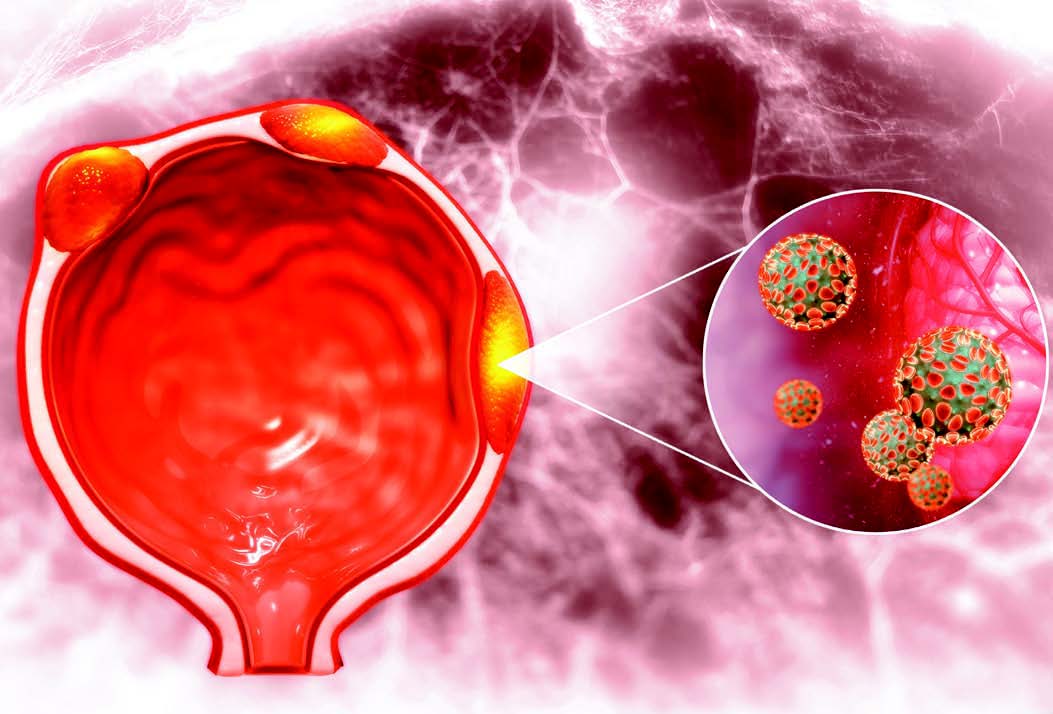The advent of PSMA testing and treatment represents a significant leap forward in prostate cancer care, offering precise diagnostics and targeted therapies that greatly improve patient outcomes.

Dr. Singnurkar is a nuclear medicine and molecular imaging specialist at Sunnybrook Health Sciences Center in Toronto. He formerly served as head of nuclear medicine at Hamilton Health Sciences/St. Joseph’s Healthcare Hamilton, as well as the program lead for nuclear cardiology and the cardiac PET service. He is currently an advisor to Cancer Care Ontario (Ontario Health) for funding indications related to positron emission tomography (PET) and infrastructure planning for PET capacity for the province. His main interest is in policy development to ensure the provision of appropriate and high-quality imaging tied to improved health outcomes. His other interests include translational research of novel radiotracers and imaging techniques primarily in the fields of oncology, cardiology, and neurology. Dr. Singnurkar's qualifications include fellowship training at Memorial Sloan Kettering Cancer Center in PET and Nuclear Oncology, a Masters in public health obtained at the TH Chan Harvard School of Public Health, and the Global Executive MBA program in Health and Life Sciences at the Rotman School of Management at the University of Toronto.
In the dynamic world of medical advancements, PSMA (Prostate-Specific Membrane Antigen) testing and treatment stand out as beacons of hope for patients being treated for prostate cancer. Known more generally as Theranostics or RLT (RadioLigand Therapy), this is a precision medicine approach where a molecule labeled with radiation is used to perform a low radiation dose diagnostic scan. If the scan is able to show the cancer, this is then followed by a treatment with the same molecule that can deliver a high radiation dose that can kill cancer cells. In other words, if the cancer lights up, then the patient stands to benefit from the treatment while sparing those who would not benefit. This innovative approach is not only reshaping the diagnostic landscape but also offering new avenues for targeted treatment.
In this article, we'll explore the key aspects of PSMA, shedding light on its implications for diagnostics, the patients who stand to benefit from its treatments, the radioactive markers used, its availability in Canada, and the cutting-edge technology that makes it all possible.
The Role of PSMA in Diagnostics
PSMA is a protein found in abundance on the surface of prostate cancer cells, making it an ideal target for both diagnostic purposes and treatment. The PSMA test, which leverages this protein, is a game-changer in detecting and staging prostate cancer. It's particularly useful for identifying the spread of cancer to other parts of the body, a critical step in planning effective treatment strategies. One of the breakthrough treatment strategies is RLT where seeing the cancer on the diagnostic scan is a prerequisite for treatment.
Who Benefits from PSMA Treatments?
The beauty of PSMA-targeted treatment lies in its specificity. It is currently most beneficial for patients with advanced prostate cancer, especially those who have exhausted other treatment options. The treatment is tailored for individuals whose cancers express the PSMA protein, enabling a more focused attack on cancer cells while sparing healthy tissues. Lutetium-177 PSMA treatments (LuPSMA) are Health Canada approved (Pluvicto) but provincial funding is not available to date. Pivotal studies have shown LuPSMA to be beneficial to patients who are castrate resistant and have already been treated with drugs such as taxanes and ARPIs. More recent studies are starting to show benefits to patients who are earlier on in their cancer journey including those that still have hormone-sensitive prostate cancer.
Radioactive Markers: The Guiding Lights
In the realm of PSMA treatments, radioactive markers play a pivotal role. These markers, such as Fluorine-18 (18F) and Gallium-68 (68Ga), are attached to molecules that specifically target and bind to PSMA on cancer cells. Once bound, they emit low amounts of radiation and light up the cancer cells that, while invisible to the naked eye, can be imaged with highly sensitive cameras known as Positron Emission Tomography (PET) scanners that are available at several centers across Canada. There are currently two Health Canada approved agents (Illucix and Locametz) which are approved for PSMA diagnostics, in addition to other agents that are still considered investigational.
PSMA PET Scans in Canada: Availability and Access
For Canadians, the landscape of PSMA testing and treatment is evolving. Available previously as part of research studies only, clinical access to PSMA PET scans is improving. Where available, access to PSMA diagnostics and treatments requires a referral from a healthcare professional. PSMA PET imaging is available in Ontario through provincial registries at both public hospitals and private clinics for several prostate cancer indications including staging of high-risk cancers and evaluation for recurrent disease. Private centers in Quebec and British Columbia also provide access to PSMA PET scans. Patients interested in exploring this option should consult with their doctors, who can provide guidance on the suitability of PSMA-based approaches based on individual medical histories and the specifics of their cancer.
The Technological Backbone: Nuclear Medicine Innovations
At the heart of PSMA testing and treatments is the advanced technology of nuclear medicine. The process begins with a PET scan, a sophisticated imaging technique that uses radioactive tracers to visualize the body's internal processes. For PSMA tests, the tracer specifically targets the PSMA protein, lighting up cancer cells on PET scans and providing detailed images that guide diagnosis and treatment planning. The PSMA test is a seamless fusion of biology and technology. Patients receive an injection of the radioactive tracer, which then circulates through the body and binds to PSMA-expressing cancer cells. The PET scan follows, capturing detailed images of these tracers in action.

In conclusion, the advent of PSMA testing and treatment represents a significant leap forward in the battle against prostate cancer. Its precision in diagnostics and treatment promises a new era of improved cancer care.

Author:
Amit Singnurkar, MDCM, FRCPC, MPH, MBA
Sunnybrook Health Sciences Center